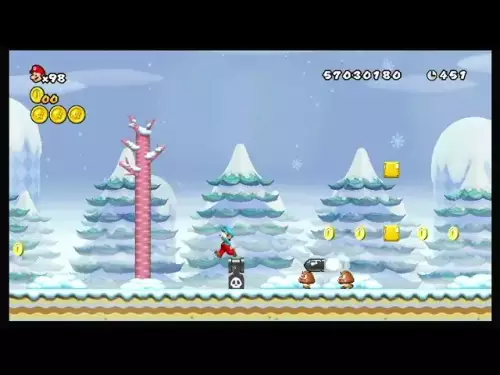-
 Bitcoin
Bitcoin $111200
0.03% -
 Ethereum
Ethereum $4321
0.45% -
 Tether USDt
Tether USDt $0.9999
-0.02% -
 XRP
XRP $2.824
0.89% -
 BNB
BNB $856.7
1.36% -
 Solana
Solana $204.4
0.79% -
 USDC
USDC $0.9998
0.00% -
 Dogecoin
Dogecoin $0.2178
2.21% -
 TRON
TRON $0.3317
-1.04% -
 Cardano
Cardano $0.8334
2.36% -
 Hyperliquid
Hyperliquid $47.48
5.04% -
 Chainlink
Chainlink $22.43
0.45% -
 Ethena USDe
Ethena USDe $1.001
0.01% -
 Bitcoin Cash
Bitcoin Cash $615.9
4.10% -
 Sui
Sui $3.404
2.84% -
 Stellar
Stellar $0.3610
1.92% -
 Avalanche
Avalanche $24.44
1.03% -
 Hedera
Hedera $0.2185
1.99% -
 Cronos
Cronos $0.2710
2.40% -
 UNUS SED LEO
UNUS SED LEO $9.567
0.12% -
 Litecoin
Litecoin $112.4
1.13% -
 Toncoin
Toncoin $3.084
-0.52% -
 Shiba Inu
Shiba Inu $0.00001239
2.12% -
 Polkadot
Polkadot $3.881
2.85% -
 Uniswap
Uniswap $9.394
0.47% -
 Dai
Dai $0.9997
-0.02% -
 Ethena
Ethena $0.7621
16.86% -
 Monero
Monero $269.5
0.69% -
 Aave
Aave $302.2
-1.65% -
 World Liberty Financial
World Liberty Financial $0.1825
-0.64%
How to calculate Binance trading fees?
Binance charges maker/taker fees, reducible via BNB payments (25% discount) and higher trading volumes, with lower rates for futures and tiered VIP levels.
Sep 06, 2025 at 06:01 pm
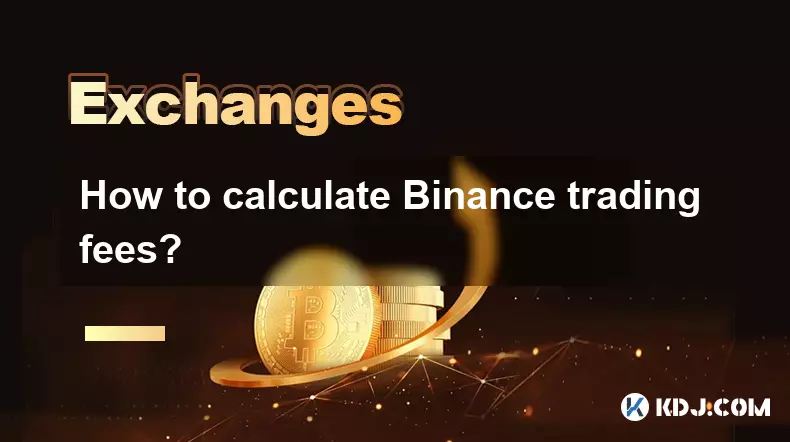
Understanding Binance Fee Structure
1. Binance operates on a dual fee model that includes both maker and taker fees. Makers provide liquidity by placing limit orders that don’t immediately execute, while takers remove liquidity by fulfilling existing orders. The standard taker fee is 0.10%, while the maker fee is slightly lower at 0.10% for most users, though it can be reduced based on trading volume and BNB usage.
2. Users who hold Binance Coin (BNB) can pay their trading fees using this cryptocurrency to receive a discount. When fees are paid in BNB, a 25% discount is applied, effectively lowering the base rate. This discount is automatically applied if BNB is available in the user’s spot wallet at the time of trade settlement.
3. Fee rates are also influenced by a user’s 30-day trading volume and average BNB holdings. Binance uses a tiered system where higher volumes and BNB balances lead to lower fees. These tiers range from VIP 0 to VIP 4 and beyond, each with progressively better rates for both maker and taker fees.
4. The platform publishes a detailed fee schedule on its website, which outlines exact rates based on volume and asset type. This schedule includes variations for different trading pairs, especially for futures and options markets, where fee structures may differ from spot trading.
5. It’s important to note that fees are calculated per trade and deducted automatically at execution. Users do not need to manually initiate fee payments. The fee is taken from the available balance in the relevant wallet—spot, futures, or margin—depending on the type of trade.
Calculating Fees for Spot Trading
1. To calculate the fee for a spot trade, multiply the trade value (price × quantity) by the applicable maker or taker rate. For example, a $1,000 taker trade at a 0.10% fee results in a $1 fee. If the user pays in BNB, the fee becomes $0.75 after the 25% discount is applied.
2. Consider a user placing a limit order to buy 0.5 BTC at $30,000 each. The total trade value is $15,000. As a maker, the fee is 0.10%, totaling $15. If paid in BNB, the final fee drops to $11.25.
3. For market orders, which are always taker trades, the same formula applies. A market buy of 10 ETH at $2,000 each incurs a $20 fee at 0.10%. With BNB payment, the cost reduces to $15.
4. Users can check their current fee tier in the account settings section of Binance. This reflects both 30-day volume and BNB balance, and updates periodically based on activity.
5. Third-party tools and spreadsheets can be used to track cumulative fees over time. Traders often integrate API data to automate fee calculations across multiple trades and accounts.
Fees in Futures and Derivatives Markets
1. Binance Futures applies separate fee structures for perpetual and delivery contracts. Standard taker fees are 0.04%, while maker fees are 0.02%. These rates are lower than spot trading to encourage derivatives market participation.
2. Similar to spot trading, using BNB to cover futures fees grants a 25% discount. This applies to both opening and closing positions, effectively reducing the taker fee to 0.03% and the maker fee to 0.015%.
3. Funding rates in perpetual contracts are separate from trading fees. While not a direct fee, frequent position holding may incur funding payments, which should be factored into overall cost analysis.
4. High-volume futures traders qualify for lower fee tiers based on their 30-day trading performance and BNB holdings. These tiers can bring maker fees down to 0.00%, especially for institutional-level traders.
5. Fee calculations for futures must account for leverage and position size. A $10,000 position at 10x leverage still incurs fees based on the full $10,000 notional value, not the margin amount.
Common Questions About Binance Fees
How can I check my current trading fee rate on Binance?Log into your Binance account and navigate to the “Fee Overview” section under “Wallet” or “Account.” This page displays your current maker and taker rates based on your VIP level and BNB balance.
Does Binance charge withdrawal fees?Yes, Binance charges network-based withdrawal fees for cryptocurrencies. These vary by blockchain and asset. For example, withdrawing BTC incurs a fee based on Bitcoin network congestion, typically around 0.0005 BTC.
Can I change my fee payment currency?Yes, users can choose to pay fees in BNB or the traded asset. The BNB option must be enabled in settings, and sufficient BNB must be present in the spot wallet to apply the discount automatically.
Are fees different for API trading?No, API trades are subject to the same fee structure as web or app trades. Fee rates depend on volume, BNB balance, and order type, not the method of trade execution.
Disclaimer:info@kdj.com
The information provided is not trading advice. kdj.com does not assume any responsibility for any investments made based on the information provided in this article. Cryptocurrencies are highly volatile and it is highly recommended that you invest with caution after thorough research!
If you believe that the content used on this website infringes your copyright, please contact us immediately (info@kdj.com) and we will delete it promptly.
- Shiba Inu, Dogecoin, and Layer Brett: The Meme Coin Evolution
- 2025-09-06 18:25:17
- Dogecoin, Pepe Coin, and the Meme Market: Is There a New Dog in Town?
- 2025-09-06 18:45:13
- Paraguay's Bitcoin Reserve: A Bold Move or a Risky Bet?
- 2025-09-06 18:45:13
- Riding the WLFI Wave: Cloud Mining for Daily Profits in a Wild Market
- 2025-09-06 18:50:12
- Crypto Picks 2025: Navigating the Altseason Wave
- 2025-09-06 18:50:12
- SUI Analyst Spot: Navigating the Crypto Landscape for Potential 2x Gains
- 2025-09-06 18:55:12
Related knowledge
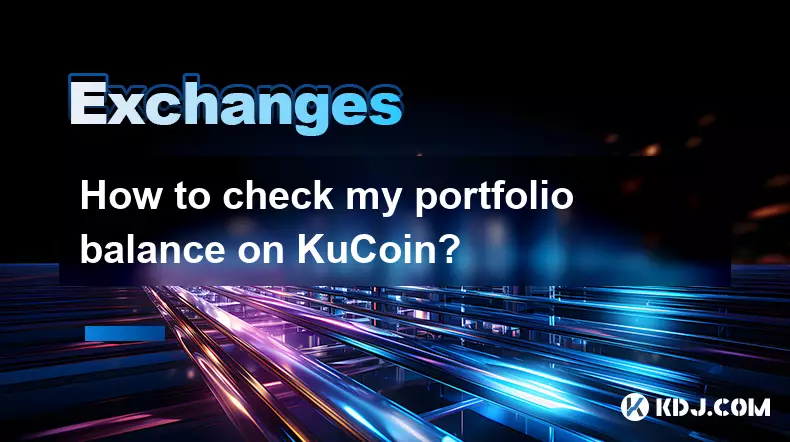
How to check my portfolio balance on KuCoin?
Sep 06,2025 at 10:36am
Accessing Your KuCoin Account Dashboard1. Navigate to the official KuCoin website or open the KuCoin mobile application. Ensure you are using a secure...

How to buy USDT on KuCoin?
Sep 06,2025 at 08:55am
Creating and Verifying Your KuCoin Account1. Navigate to the official KuCoin website and click on the 'Sign Up' button to begin registration. Provide ...
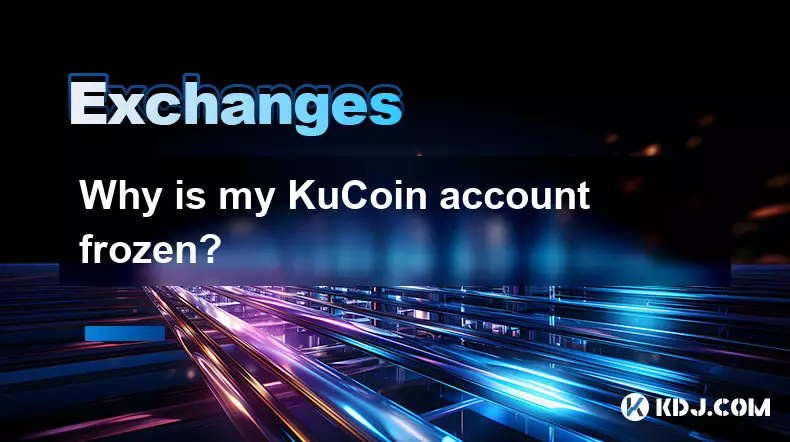
Why is my KuCoin account frozen?
Sep 05,2025 at 06:55pm
Common Reasons for a Frozen KuCoin Account1. Unverified identity information. KuCoin requires users to complete KYC (Know Your Customer) procedures to...

Can I use KuCoin without KYC?
Sep 06,2025 at 02:37pm
Understanding KuCoin's Verification Policies1. KuCoin operates with a tiered access model that allows users to engage with the platform even without c...

How to set a stop loss on KuCoin?
Sep 06,2025 at 10:01am
Understanding Stop Loss on KuCoin1. A stop loss is a risk management tool used by traders to limit potential losses on a position. On KuCoin, this fea...
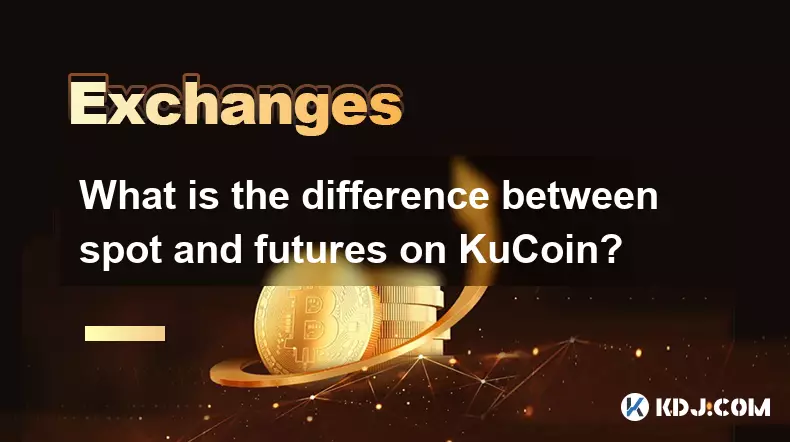
What is the difference between spot and futures on KuCoin?
Sep 06,2025 at 04:01am
Understanding Spot Trading on KuCoin1. Spot trading involves the direct purchase or sale of cryptocurrencies at the current market price. When a user ...

How to check my portfolio balance on KuCoin?
Sep 06,2025 at 10:36am
Accessing Your KuCoin Account Dashboard1. Navigate to the official KuCoin website or open the KuCoin mobile application. Ensure you are using a secure...

How to buy USDT on KuCoin?
Sep 06,2025 at 08:55am
Creating and Verifying Your KuCoin Account1. Navigate to the official KuCoin website and click on the 'Sign Up' button to begin registration. Provide ...

Why is my KuCoin account frozen?
Sep 05,2025 at 06:55pm
Common Reasons for a Frozen KuCoin Account1. Unverified identity information. KuCoin requires users to complete KYC (Know Your Customer) procedures to...

Can I use KuCoin without KYC?
Sep 06,2025 at 02:37pm
Understanding KuCoin's Verification Policies1. KuCoin operates with a tiered access model that allows users to engage with the platform even without c...

How to set a stop loss on KuCoin?
Sep 06,2025 at 10:01am
Understanding Stop Loss on KuCoin1. A stop loss is a risk management tool used by traders to limit potential losses on a position. On KuCoin, this fea...

What is the difference between spot and futures on KuCoin?
Sep 06,2025 at 04:01am
Understanding Spot Trading on KuCoin1. Spot trading involves the direct purchase or sale of cryptocurrencies at the current market price. When a user ...
See all articles
























